Stavanger is so much more than just the nation’s oil capital. Awarded the 2008 European Capital of Culture, this once industrial city has blossomed into a cultural and culinary hotspot on Norway’s west coast.
A city where history and modernity intertwine
Situated on the Stavanger Peninsula, in the southwest of Norway, is one of the country’s most vibrant and beautiful cities: Stavanger. With roots stretching back to the 12th century, Norway’s 4th largest city has time and time again reinvented itself from a center of religion to heavy industry to a cultural and culinary hub nowadays.
From an inner-city dominated by magnificently preserved 18th and 19th-century wooden houses, to its domineering medieval cathedral to the working harbor that is now the backbone of Norway’s economic boom of the past few generations, Stavanger is a city where history and modernity intertwine spectacularly.
Gateway to Norway for Christianity
Stavanger can proudly trace its roots back to the 12th century BCE making it one of Norway’s oldest (still existing) cities. Though there are traces of human habitation from the Iron Age, Stavanger did not really start to see significant human settlement until the Medieval period. Situated on the west coast of Norway, just a short trip across the North Sea from the British Isles, Stavanger flourished during the Viking era (800 – 1100 CE). Boasting a natural harbor it soon began to capitalize on shipping routes between the British Isles, Europe, and the rest of Norway.
Stavanger’s location as a key entry point to the country helped Christianity spread to Norway. Gaining a foothold first in Stavanger, Christian priests, often from the British Isles, soon set about proselytizing the pagan Vikings. As the Vikings soon took to this new religion, the Bishop of Winchester in Britain was sent over to help build a cathedral. Finally erected in 1150, Stavanger Cathedral (Stavanger Domkirke) is the oldest in the country. This turned Stavanger into a focal point for religious devotion and education in Norway. It was awarded city “privileges” in 1425.
Reformation, religions, and rats
The Reformation, which started to take place from the 16th century onwards, was a massive blow to Stavanger. Its role as a focal point of religion dwindled as Protestantism soon became the dominant branch of Christianity in the country. Stavanger thus lost its link with the wider Catholic community throughout Europe and lost its importance as a center of religious teaching, education, and devotion.
By the beginning of the 17th century, Stavanger only had a population of 800. Yet this century saw the start of a renaissance of the city, whereby foreign merchants and artisans arrived to not only increase the population but to give the city its first taste of cosmopolitanism since the Reformation. However, during this period of cultural blooming, the city also experienced two outbreaks of bubonic plague and a fire that destroyed about a third of the city.
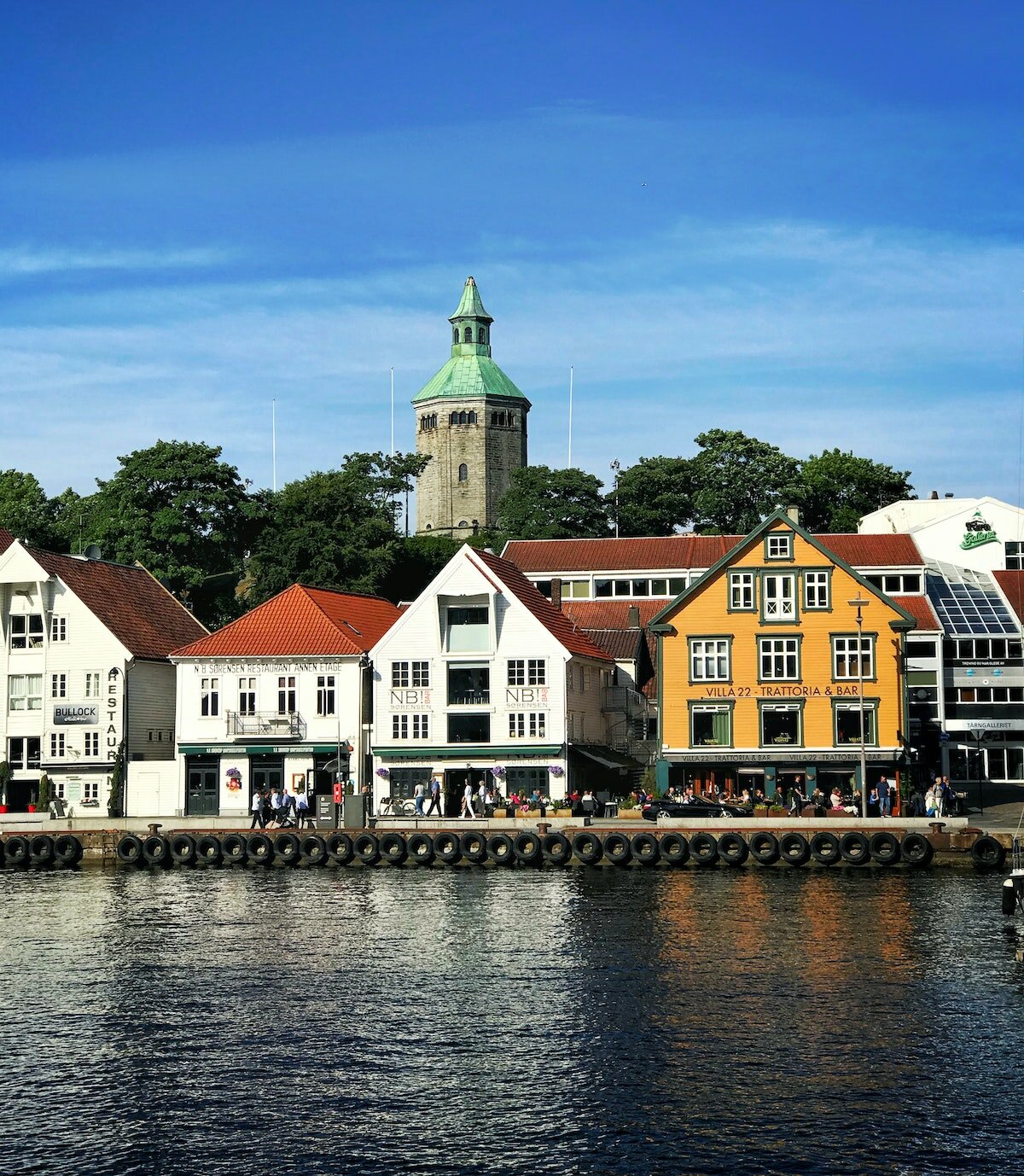
Industrial revolution and war
Following the Industrial Revolution spreading to Norway in the early 19th century, Stavanger was given a new lease of life as an industrial city. Shipping, herring, and the canning industry all saw an economic boom and a population explosion throughout the century. It was also the city where thousands of Norwegians farewelled their home country to travel across the seas to make a new life in America.
The construction of the Rosenberg Shipyards (Rosenberg Mekaniske Verksted) in the 1920s was to provide not only economic opportunities but also peril. The shipyards, which were the largest in the Nordic countries when built, became a key reason for the Germans to target the city during the Second World War. Stavanger then became occupied and it was only after the surrender of German forces in 1945 that the 480,000 landmines surrounding the city were cleared.
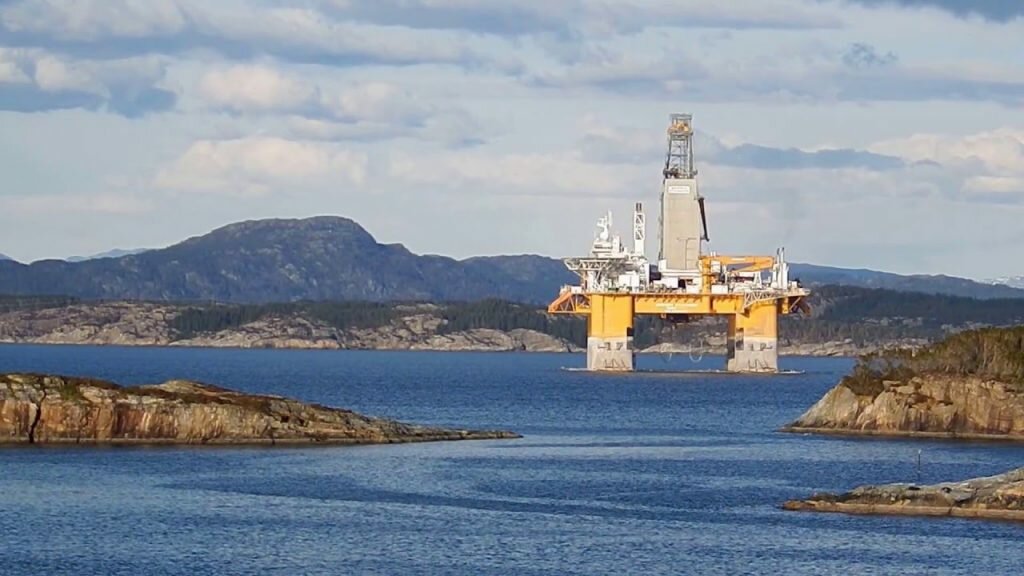
The “Oil Capital” of Europe
By the mid-1960s, Stavanger again was in industrial decline. Yet by the end of this decade, it would soon become Norway’s “Oil Capital.” The discovery of oil in the southern North Sea field Elkofisk in 1969 totally changed Stavanger, and Norway, forever. This little sleepy city soon became not only a major oil town but also the headquarters of all the international oil giants (from Shell to Standard Oil) and, most importantly, the Norwegian state oil company, Statoil (now Equinor).
The oil boom saw unprecedented economic growth for the city and a population boom. This has made Stavanger not only the 4th largest city in the country but the city contains about half of Norway’s oil and gas industry, employing some 45,000 people. It has also made Norway the 6th largest oil-producing country in the world and is now seen as the energy capital of Europe. It is now a modern, vibrant city with cash to splash…especially on culture!
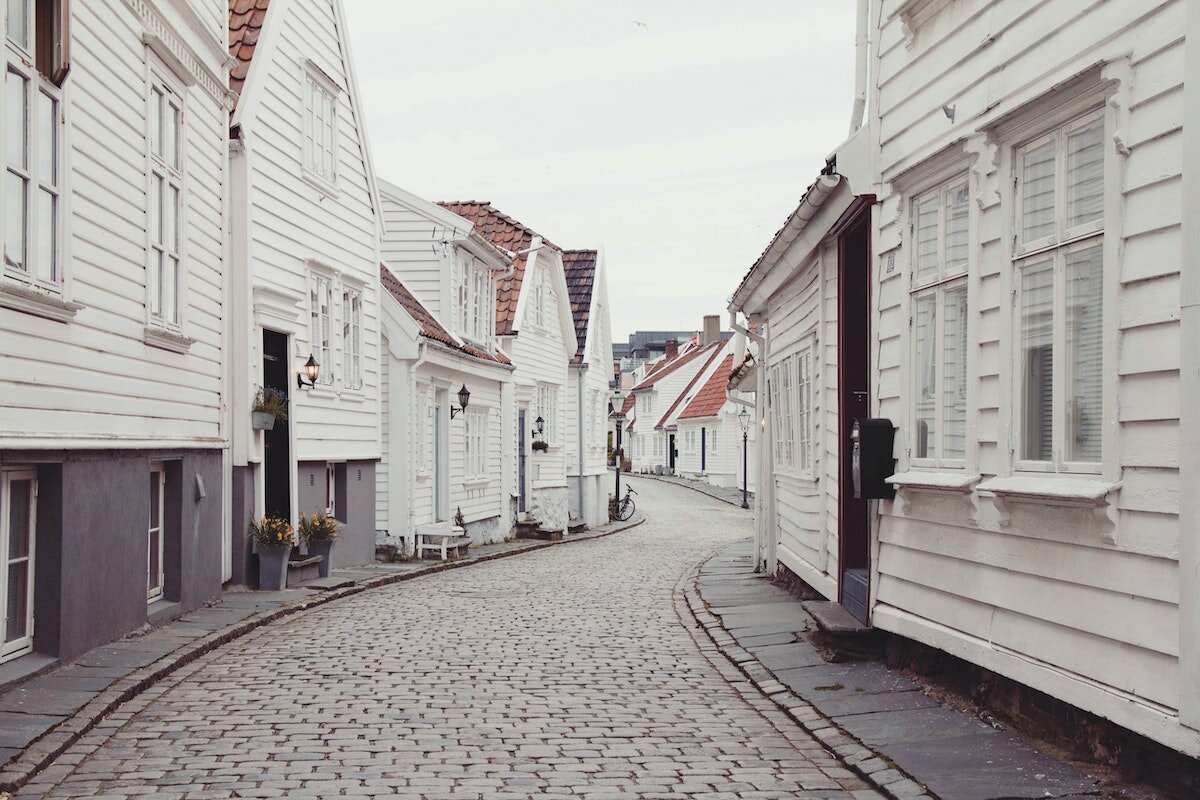
Stræn – wander through old world streets
One of the key reasons to visit Stavanger is to walk amongst the streets of Northern Europe’s best-preserved wooden buildings. The historic city center (Gamle Stavanger or Stræn) is made up of 173 protected and restored wooden houses and buildings that date back between the late 18th and 19th centuries. Between 1815 and 1880, the city’s population increased tenfold, so the Stræn became a sort of 19th-century housing development.
Now the area is filled with cafes, pubs, restaurants, arts and crafts stores, parks, and galleries. There is quite possibly not a better residential area to wander through in all of Norway. The wooden buildings are all heritage listed and meticulously taken care of to the tune of millions of kroner…a far cry from the area’s original use as essentially a slum!
Fjords, mountains, and unique photo opportunities are closeby
It is Stavanger’s proximity to unique and utterly awesome natural experiences that see floods of tourists visit the city annually. From Stavanger, boat trips and tours can be arranged to gently cruise through the majestic Lysefjorden. This 40-kilometer long fjord is bordered by steep mountains which rise up to almost 1000 meters. You will also see mountains, waterfalls, herds of goats, and farms dotted throughout this majestic fjord.
Towering 604 meters above Lysefjorden is possibly an Instagrammer’s wildest dream come true: Preikestolen (Pulpit Rock). To access the breathtaking views from Norway’s favorite steep cliff, there are guided tours available from Stavanger. Yet this trek is not for the faint-hearted, it is an 8-kilometer hike (4 hours each way) and is moderately demanding. However, the view out towards Lysefjorden is definitely worth the effort.
If you want a little more extreme exercise then consider a hike to the top of Kjerag mountain (1.1 kilometers above sea level). Here you can see Lysefjorden as far as the horizon and also (if you dare) have a photo on Kjeragbolten – a huge boulder wedged between two cliffs, suspended 984 meters over an abyss!
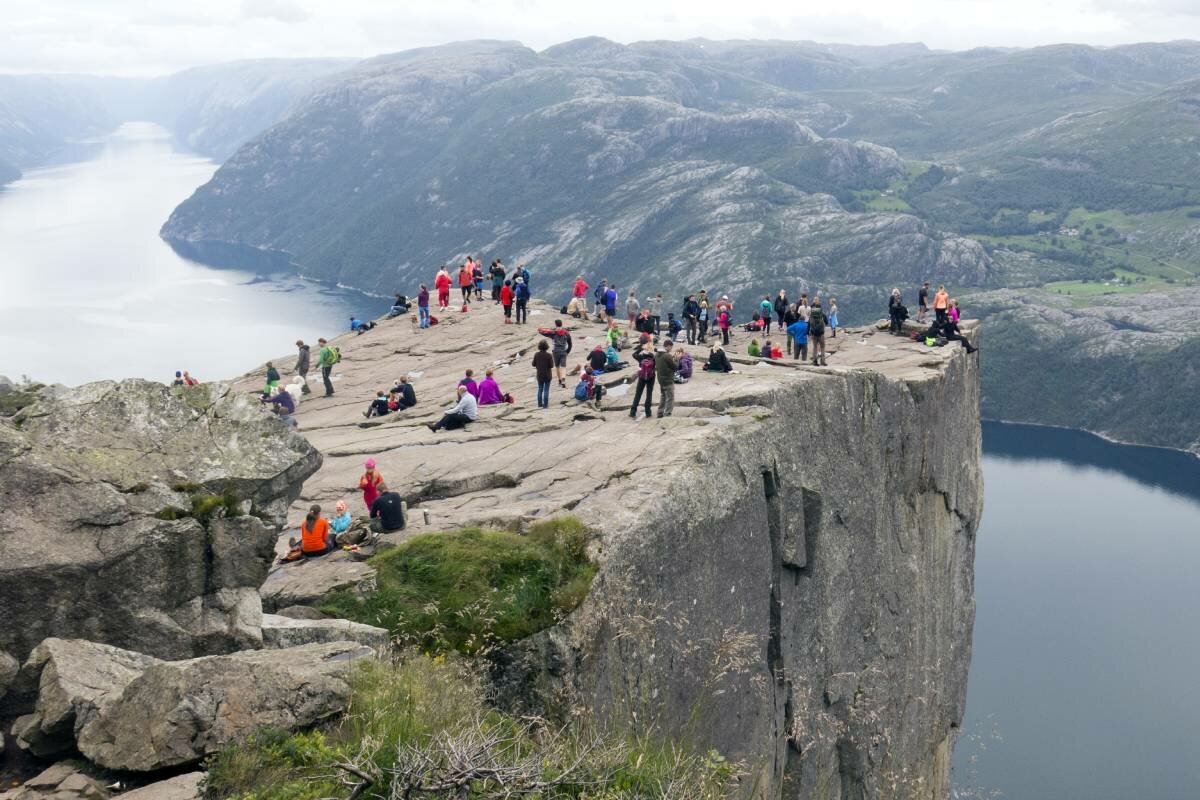
A true Norwegian capital of culture
Aside from majestic natural experiences a short distance away, Stavanger has plenty of man-made experiences to offer tourists as well. The city was awarded in 2008, along with Liverpool, the “European Capital of Culture.” Since the oil boom began in the late 1960s, the city was often a byword for heavy industry and a lack of culture. However, the city began to change in the 1990s with the opening of the Norsk Oljemuseum (Norwegian Oil Museum) in 1999. The museum is the city’s most visited and here you can trace the history of the “oil boom” that has changed Norwegian society (and Stavanger itself) since the late 1960s.
The jewel in the crown of museums in the city, however, is Stavanger Museum. Opened in 1877 it now consists of eight facilities including the Norwegian Children’s Museum, the Norwegian Canning Museum, and the Norwegian Graphic Design Museum. Rogaland Art Museum has a wide range of historical and contemporary Norwegian art whilst the Norwegian Emigrant Museum highlights the story of Norwegian emigration throughout the 19th and early 20th centuries.
Aside from museums, the city offers two world-class venues in the Stavanger Concert Hall and the Rogaland Theater. Numerous events are held here throughout the year, from concerts to musicals to world-class performers and plays. There is also the impressive artwork Broken Column by British artist Antony Gormley. He has dotted 23 statutes made of blasted iron throughout Stavanger, from classrooms to the harbor and even in a swimming hall!
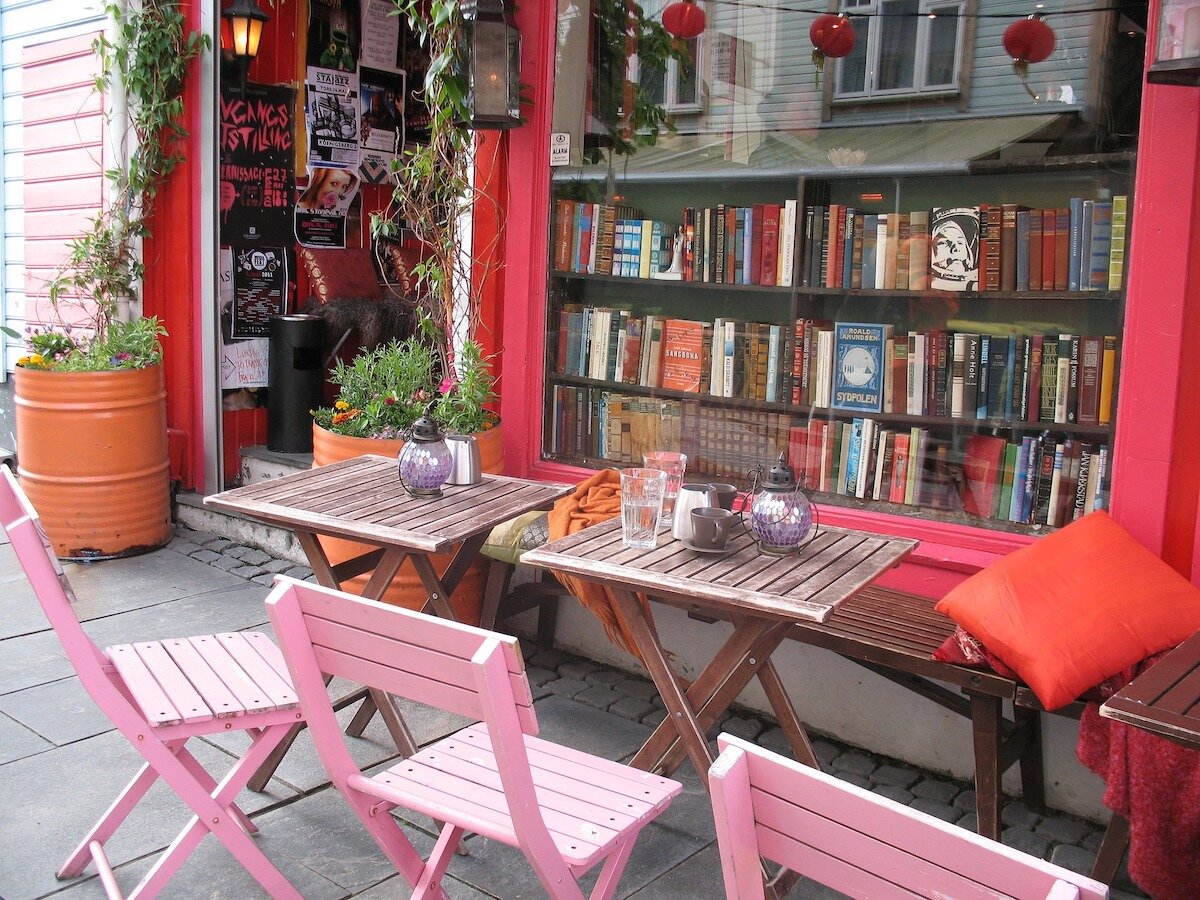
Alexander Kielland: Stavanager’s favorite son
Perhaps the famous person from Stavanger is 19th-century writer and literary icon of Norway, Alexander Kielland. One of the so-called “Four Greats” of Norwegian literature, he was born in the city in 1849. Despite a wealthy upbringing, he became a sort of a champion of the poorer classes, the downtrodden, the unfortunates. He wrote a wide range of short stories, plays, and essays but he made his name, and fortune, through his novels.
Stavanger features as a setting in most of his novels and they are often biting satires and critiques of the city and broader society at the time. His most famous novels are Gift, Skipper Worse, and Garman & Worse. He has often been compared to his English contemporary Charles Dickens for casting a light on the social conditions of the day and the inherent hypocrisy and apathy of those more well off in his contemporary society.
A strong culinary presence in Stavanger
It should also be noted that a strong part of Stavanger’s recent cultural renaissance has been the food and cuisine scene. Stavanger houses 5 restaurants on the Michelin guide with the two best Sabi Omakase (one Michelin star) and RE-NAA (two Michelin stars) well worth a visit. Stavanger also has a long and proud culinary tradition as it is home to the Culinary Institute. The mission of the Institute is to broaden food and culinary education, teaching, and the development of Norwegian culinary and cooking skills.
Stavanger’s location on the southwest coast of Norway also means that it houses a plethora of seafood restaurants (from high end to street food) and you can always head to the Fisketorget to see what the fishermen brought in today…and what you might be eating later on that day! There is also a restaurant on site where you can eat seafood literally caught straight from the ocean nearby.
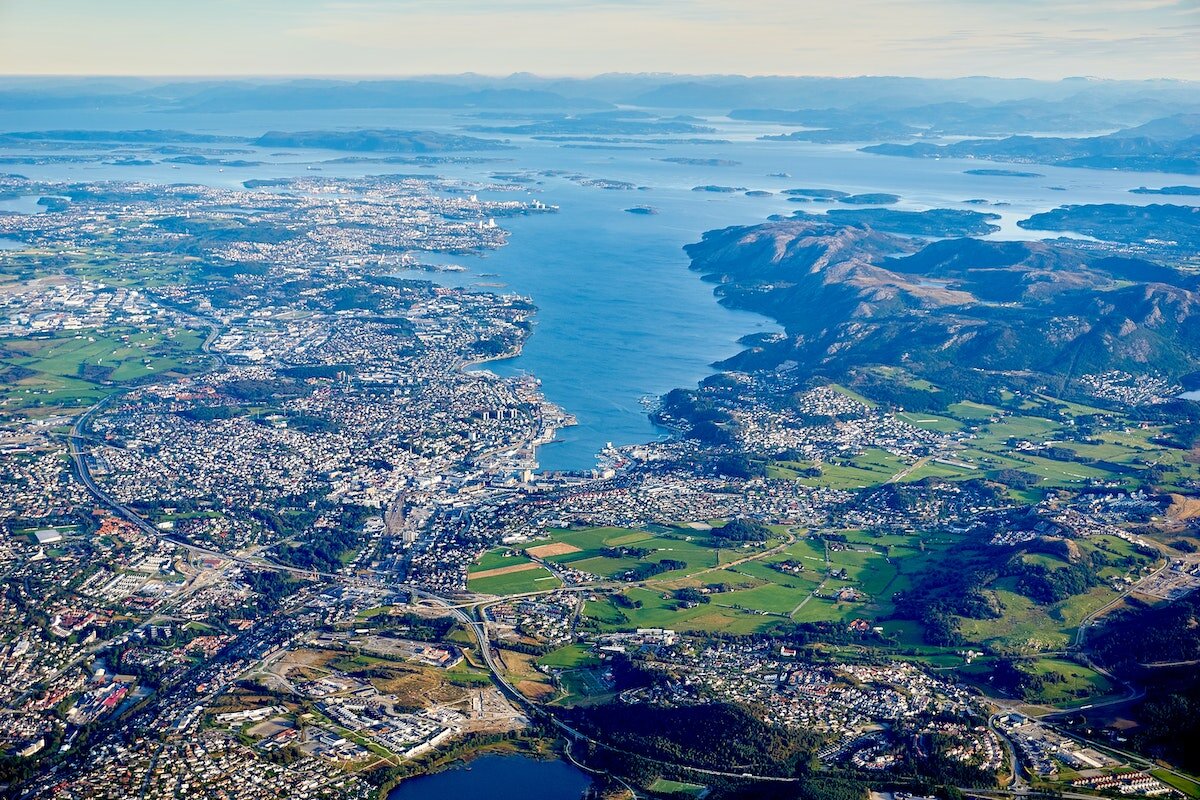
How to get there…
Stavanger has an international airport, Solna, which has direct flights from all major Norwegian cities and several European ones – including Aberdeen, Amsterdam, and Copenhagen. Vy offers direct train service between Oslo and Stavanger. There are also multiple bus companies that drive from either Bergen or Oslo to Stavanger. The city is 211 kilometers down the E39 from Bergen and 552 kilometers from Oslo on the E18 and E39.
For more information on Stavanger visit Fjord Norway’s website here.
Source : #Norway Today / #NorwayTodayTravel
Do you have a news tip for Norway Today? We want to hear it. Get in touch at [email protected]

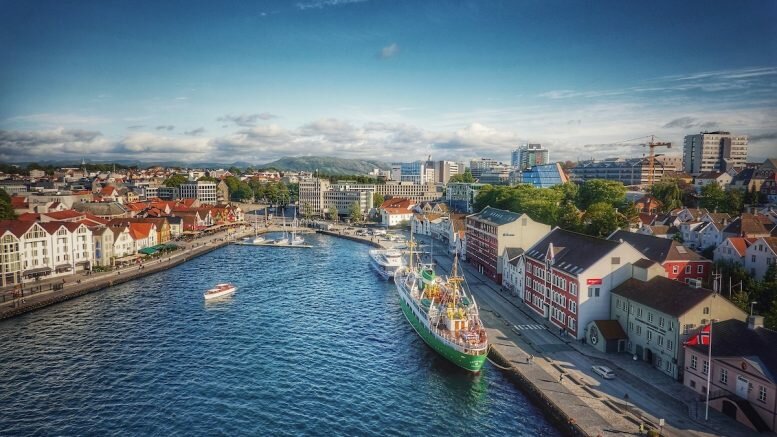
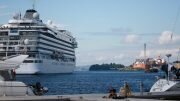

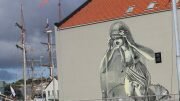
Be the first to comment on "Stavanger: Norway’s historic city full of natural beauty, cultural heritage, and modern culinary delights"